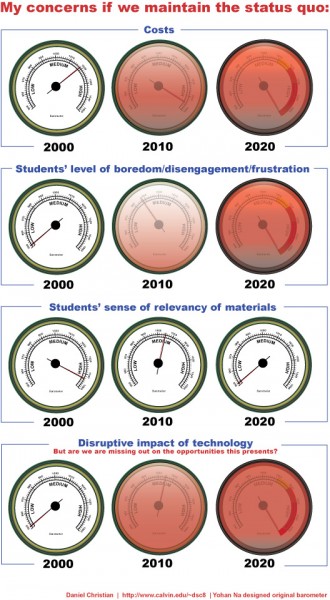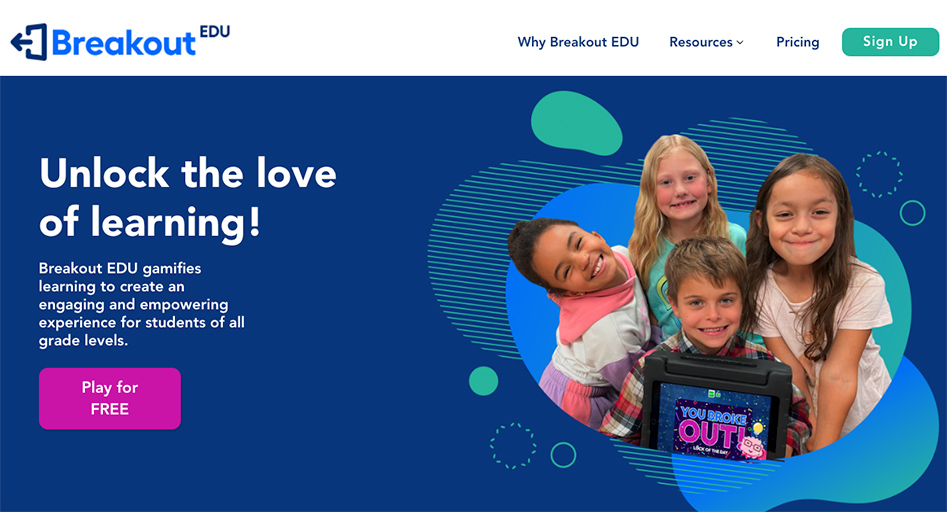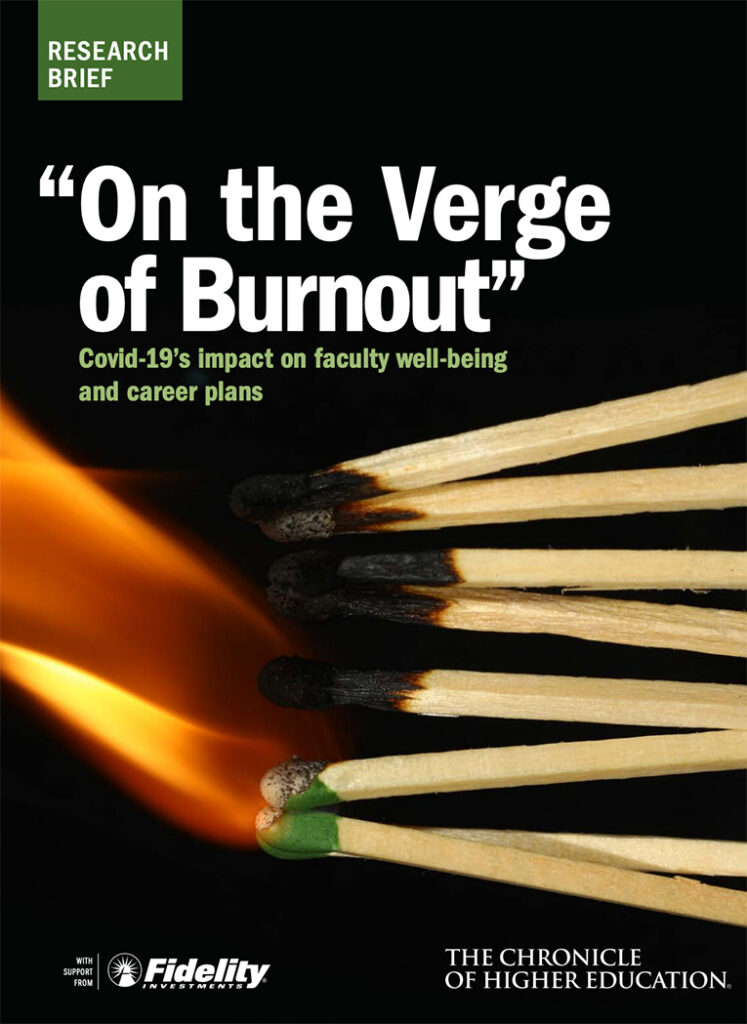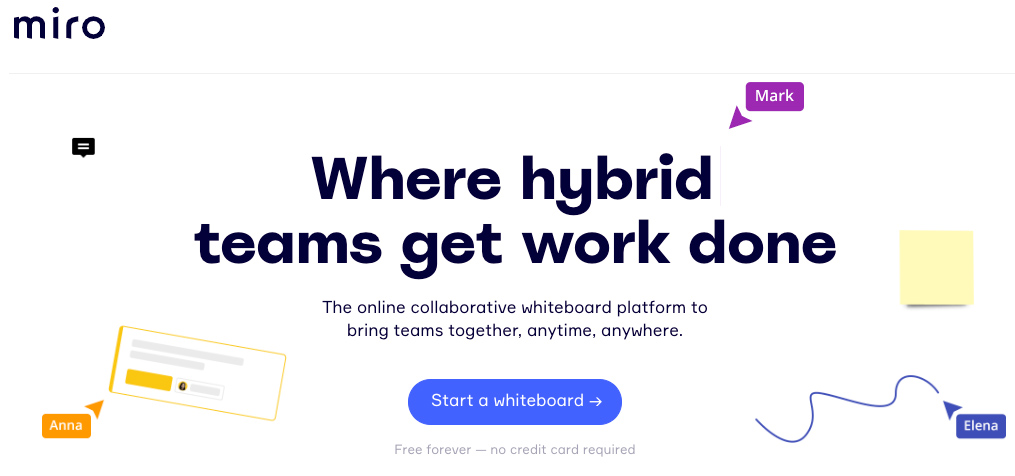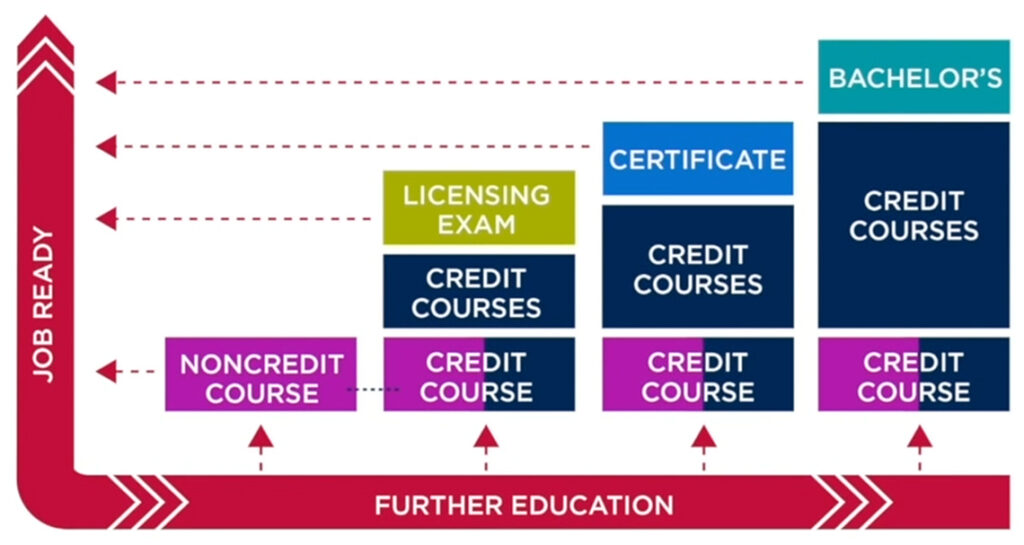Shifting Skills, Moving Targets, and Remaking the Workforce — from bcg.com by Matt Sigelman, Bledi Taska, Layla O’Kane, Julia Nitschke, Rainer Strack, Jens Baier, Frank Breitling, and Ádám Kotsis; with thanks to Ryan Craig for this resource
Our analysis of more than 15 million job postings reveals the future of work.
Excerpt (emphasis DSC):
Jobs do come and go, but even more significantly, jobs change. Day by day, skill by skill, the basic building blocks of a job are repositioned, until the role looks much different than it did just five years ago. Yet the job title—and the worker in the job—may remain the same.
But even company leaders may not realize how profoundly and rapidly the jobs throughout their business and industry are evolving. A comprehensive look at job listings from 2016 through 2021 reveals significant changes in requested skills, with new skills appearing, some existing skills disappearing, and other existing skills shifting in importance.
The challenge for employers and employees alike is to keep up—or, better yet, to get ahead of the trends.
…
Four Big Trends
We see four big trends in skill change:
-
- Digital skills, like technical fluency and abilities including data analysis, digital marketing, and networking, aren’t limited to jobs in IT.
- Soft skills, like verbal communication, listening, and relationship building, are needed in digital occupations.
- Visual communication has become increasingly important even outside of traditional data occupations. Experience with tools such as Tableau, MS Power BI, and Adobe Analytics is in high demand.
- Social media skills, such as experience with Facebook, LinkedIn, and Adobe Photoshop, are in demand in the current media climate.
Also from Ryan Craig, see:
How to Really Fix Higher Ed — from theatlantic.com by Ben Sasse
Rather than wiping the slate clean on student debt, Washington should take a hard look at reforming a broken system.
Excerpts:
Most young Americans never earn a college degree, and far too many of those who do are poorly served by sclerotic institutions that offer regularly overpriced degrees producing too little life transformation, too little knowledge transmission, and too little pragmatic, real-world value.
…
Far too often, higher education equates value with exclusivity, and not with outcomes. The paradigmatic schools that dominate higher-ed discussions in the pages of The New York Times, The Wall Street Journal, and The Washington Post measure themselves by how many high-school seniors they reject, rather than by how many they successfully launch, by how much they bolster the moral and intellectual development of the underprivileged, or even by a crude utilitarian calculus such as the average earnings of their recent graduates.
Each of these changes will depend on breaking up the accreditation cartels. College presidents tell me that the accrediting system, which theoretically aims to ensure quality and to prevent scammers from tapping into federal education dollars, actually stifles programmatic innovation inside extant colleges and universities aiming to serve struggling and underprepared students in new ways.
One last item here:
Learning Should Be Like Cooking — from linkedin.com by Cali Koerner Morrison
Excerpt:
We need systems of record that are learner-owned, verifiable and travel across all types of learning recognition. 1EdTech is making great strides in this direction with the comprehensive learner record and the T3 Innovation Network with the LER. Open Skills Network and Credential Engine are making great strides to level the playing field on defining all elements of skills-based learning and credentialing. We need pathways that help guide learner-earners through their career progression so they are in a constant swirl of learning and earning, leveling up with each new achievement – from a microcredenial to a master’s degree.
DC: Nice example of how our future learning ecosystems will allow us to build our learning record from a variety of sources.https://t.co/SOHNH4yivb pic.twitter.com/iqpM1Y69Z8
— Daniel Christian (he/him/his) (@dchristian5) June 12, 2022










